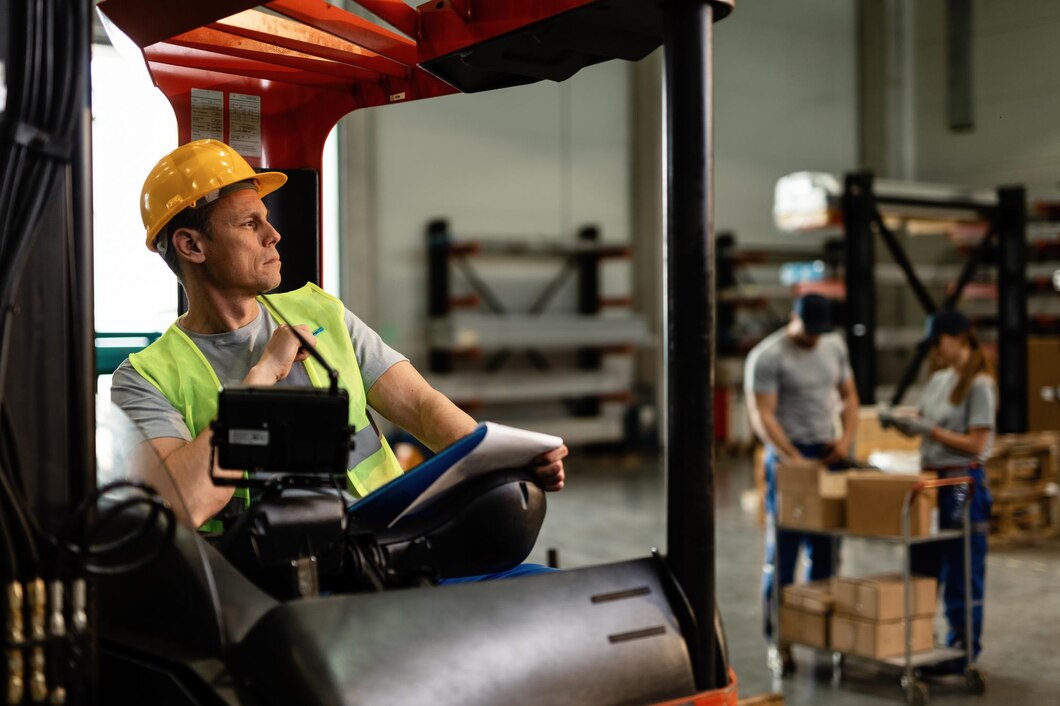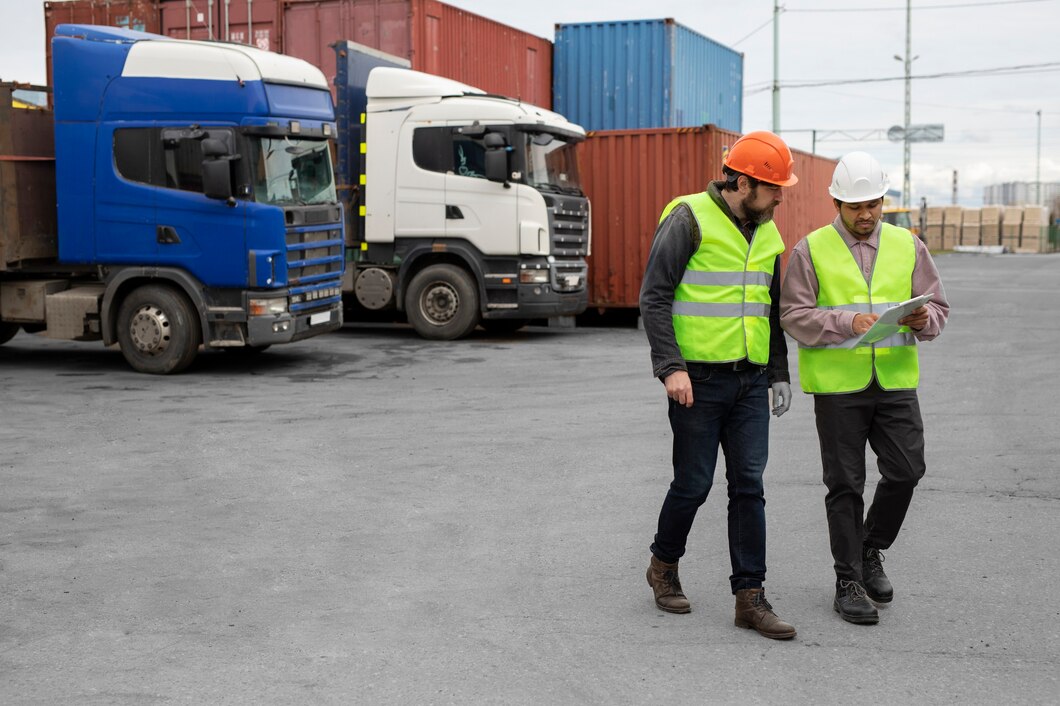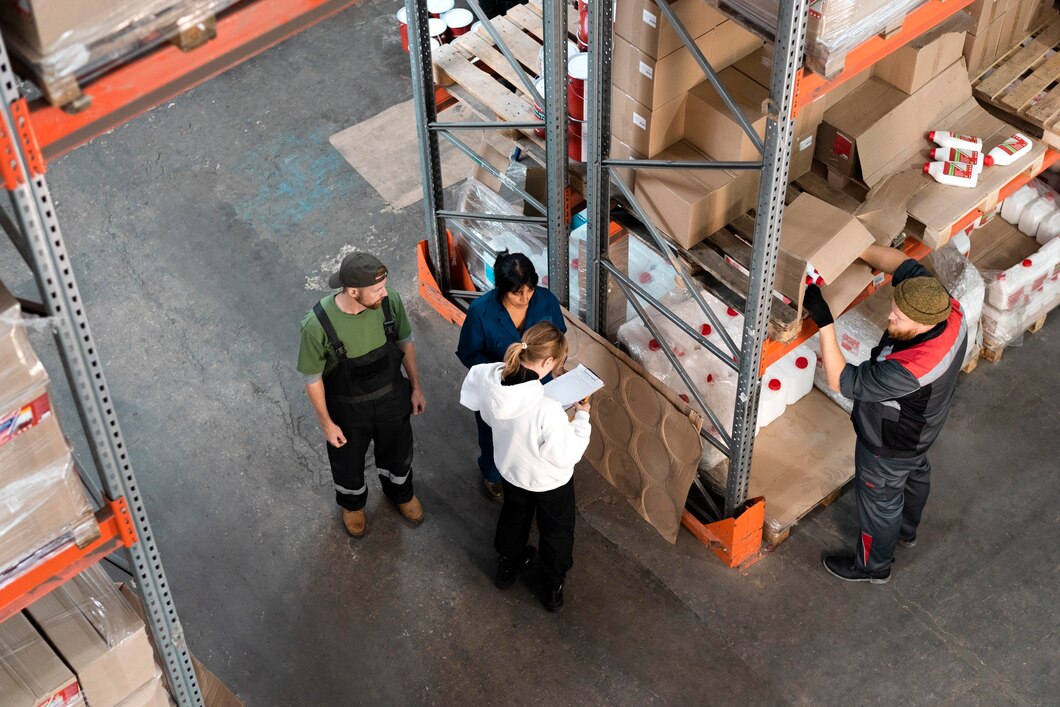Proper
documentation is not just a formality but a crucial factor that determines the
efficiency and smoothness of customs clearance processes worldwide. In this
blog post, we delve into the pivotal role that accurate documentation plays in
facilitating seamless customs clearance. Effective documentation ensures that
goods can move across borders swiftly and without unnecessary delays or
complications. It serves as the primary means for customs authorities to verify
the legality, authenticity, and value of goods being imported or exported.
Common errors in documentation, such as incomplete forms, inaccuracies in
declared values, or missing permits, can lead to significant setbacks,
including delays in clearance, storage fees, or even fines. Therefore,
understanding the specific requirements for documentation in each country or
region is essential for businesses engaged in international trade. Key
documents typically required include commercial invoices, packing lists,
certificates of origin, and permits or licenses for regulated goods. Best
practices in document preparation involve meticulous attention to detail,
double-checking information for accuracy, and ensuring compliance with local
regulations and international standards. Moreover, the adoption of digital
documentation solutions has revolutionized the customs clearance process,
offering benefits such as faster processing times, enhanced data accuracy, and
improved traceability of shipments. Embracing digital platforms and electronic
submission methods not only reduces paperwork and administrative burdens but
also strengthens transparency and accountability throughout the supply chain.
Ultimately, by emphasizing the importance of proper documentation in customs
clearance, this blog aims to empower businesses with the knowledge and
strategies needed to navigate international trade regulations effectively,
minimize risks, and optimize operational efficiency in a global marketplace.
Role of Proper Documentation in Customs Clearance


